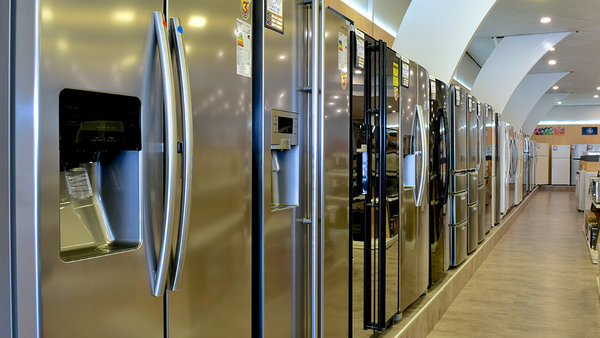The government has repeatedly said that the current GST is not conclusive. It is just the start of the single indirect taxation process. Being true to its promise, the GST council has made changes in the structure according to the feedback from businesses and people. In a major development, the GST council recently decided to reduce the rate of taxation on the list of 100 items of mass-consumption. This is going to be of immense benefit for the masses and a huge step towards the rationalization of GST rates. While addressing the media, interim finance minister, Piyush Goyal stated, “Every state wanted that the rates on these items be lowered so that the middle-income households are benefitted… It has also been decided that the GST Council will rise above revenue consideration and focus more on job creation and economic growth.”
In the latest changes in GST rates, the middle class was in the focus of the council as the goods and services consumed by the country’s burgeoning middle class were put in lower tax slab. The consumer electronic items like Refrigerators, freezers and other refrigerating or freezing equipment including a water cooler, washing machines, television, and electric soothing irons were moved from 28 percent tax slab to 18 percent tax slab. The tax rate on paint and varnishes, putty, resin cement was also rationalized at 18 percent tax rate.
The middle class is expected to hugely benefit from this rationalization of taxes. The prices of the products which were brought from 28 percent to 18 percent are expected to go down by at least 7-8 percent. The middle class was not very happy with this budget of Modi government because it did not have many things for them. The tax rates for the middle class were kept the same and on the other hand, long-term capital gains tax or LTCG tax was introduced by the government. The returns from equities are a good source of income for the middle class and if this income is being taxed it is going to hurt them. So, after a short-term disappointment, the government has finally taken some decisions in favor of the burgeoning middle class of the country. The next meeting of the Council will be held on August 4, in which issues relating to the MSME sector will be discussed, along with ways to incentivize digital transactions via RuPay cards and the BHIM app. Businesses will get the last chance until August 31 to migrate to the GST regime, and late fee would be waived, according to Piyush Goyal.
It has been one year since the historic midnight launch of GST by a gathering of Prime Minister Narendra Modi, former president Pranab Mukherjee, Arun Jaitley and other leaders on the midnight of June 30th, 2017. The consensus on GST was brought after a struggle of more than two decades as states were not willing to give up their independence in the field of taxation. Since its implementation, the law has become an exemplary precedent of cooperative federalism and helped to unify the country economically. Still, there are some problems with its structure and implementation which needs to be solved to make the best of it.
